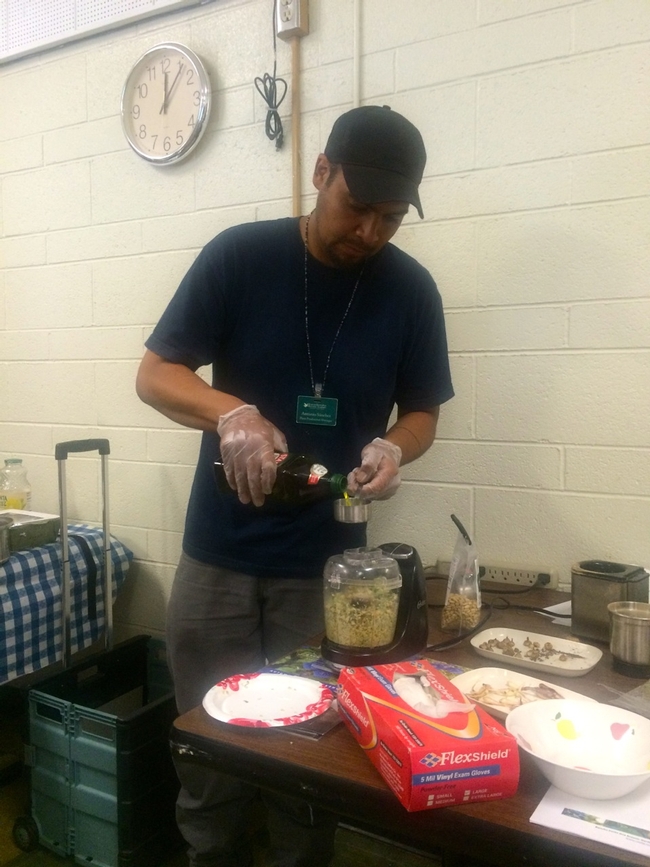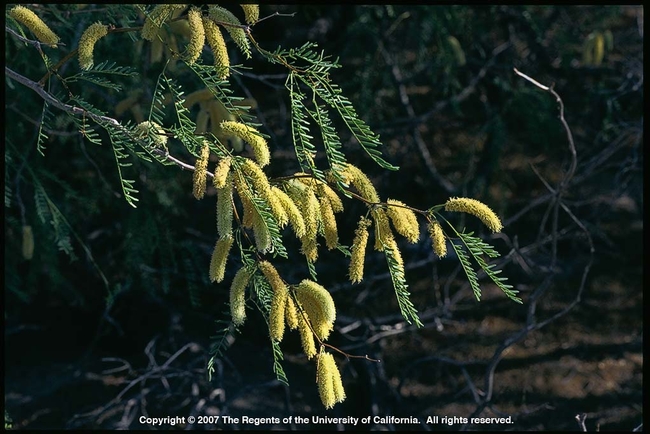
There are six native plants that Sanchez thinks are especially worth checking out.
- Miner's lettuce (Claytonia perfoliata). It's easy to grow and found throughout much of California. Its leaves can be used in salad, soup, or pesto. (It can also be a weed in certain situations, according to UC IPM).
- Cleveland sage (Salvia clevelandii). A beautiful, drought tolerant ornamental, it can also be used in pesto, beer, ice cream and baked goods.
- One-leaf onion (Allium unifolium). All parts of this native onion are edible.
- Honey mesquite (Prosopis glandulosa var. torreyana). Dried pods can be ground to make a gluten-free flour.
- Roger's California grape (Vitis ‘Roger's Red'). This plant, which was recently determined to be a hybrid between a native California grape and a cultivated grape, produces small, sweet fruit with seeds that can be eaten fresh, or used for juice or jelly.
- Golden currant (Ribes aureum). Fruit can be eaten fresh or made into jelly.
Adventurous cooks, gardeners, foragers, and anyone else who want to learn about edible native plants can attend the upcoming California Native Food Symposium, which will be held on November 14and 15 at the Rancho Santa Ana Botanic Garden.
The author is Rachel Surls, sustainable food systems advisor for UC Agriculture and Natural Resources Cooperative Extension in Los Angeles County.
